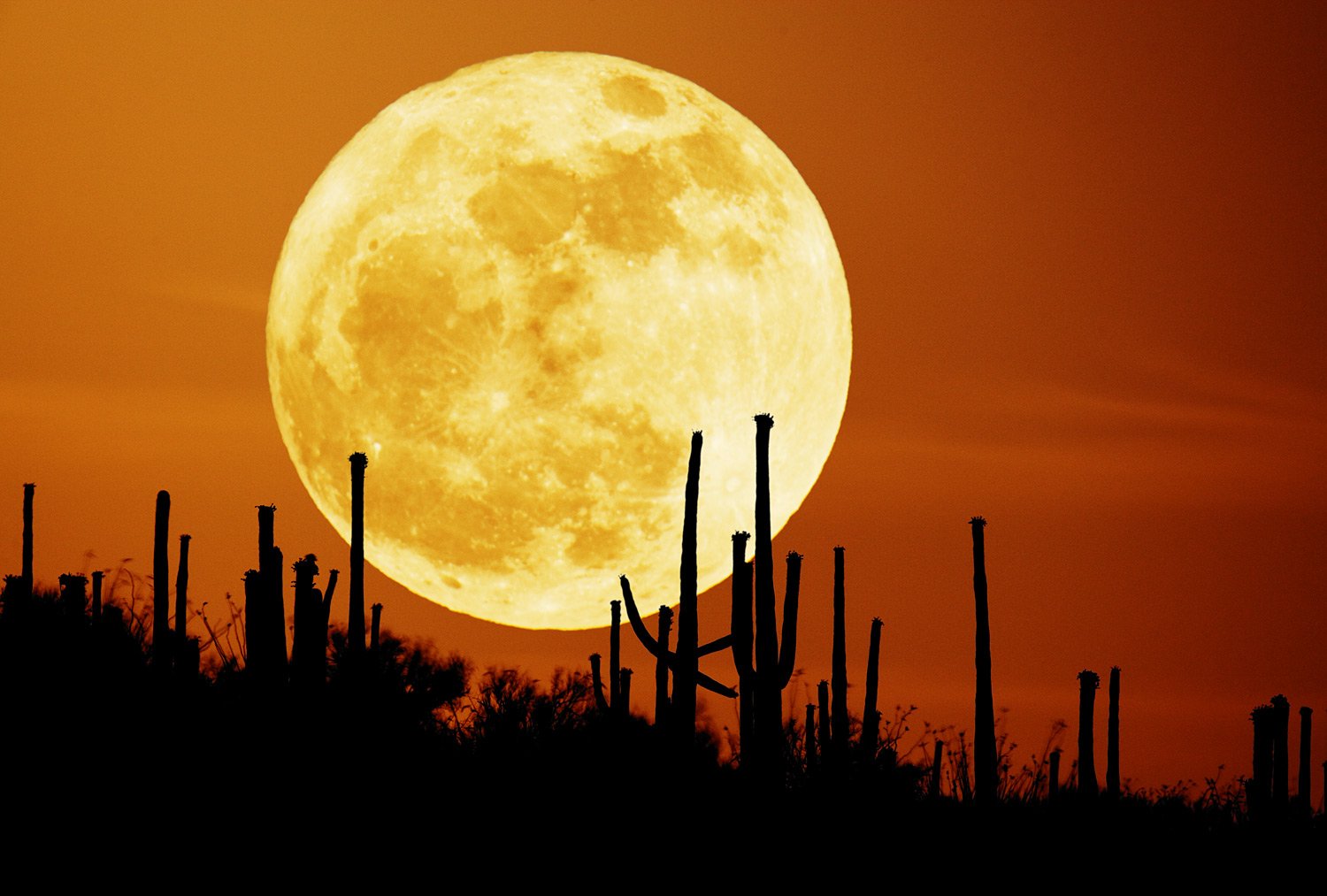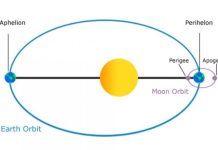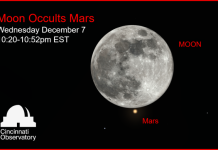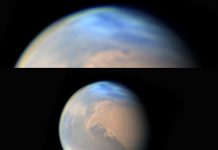September’s most-famous astronomical event is the autumnal equinox, which will occur this year on Wednesday, Sept. 23. And we will move toward the shorter days of winter.
But there are also other amazing sky phenomena that will occur. Here a selection of the 4 major astronomical events that can be seen with the naked eye.

Aug. 31-Sept. 1: Neptune at Opposition
At the end of August, the planet Neptune appears closest to Earth for the year and is also in opposition, meaning that it is sitting directly opposite of the sun in the sky.
Sept. 21: Bright Venus and Mars
You will be able to easily spot Venus around dawn in the east, according to EarthSky.org. Moreover, Mars, should also be visible in the morning sky this month. Try to look for both plants between Sept. 9 and Sept. 11.
Sept. 27: Blood moon – Total Lunar Eclipse
The Harvest Moon takes on special significance this month. First, it is the largest moon of the year. Second, there will be a total lunar eclipse on the night of Sept. 27-28.
And why a blood moon?
During an eclipse, indirect rays of sun light the moon, rays that must first pass through Earth’s atmosphere. This filters out the blue-colored rays of light, leaving behind a deep red or orange hue that reflects on the rocky moon.
All Month: Saturn Visible at Nightfall
During all September, Saturn will be observable in the south to southwestern portion of the Sky, according to The Washington Post. And you may catch such beautiful pictures of the planet.
Have you already observed Neptune at opposition?













[…] Don’t forget that on the night of Sept. 27-28 the Harvest Moon will be totally eclipsed – a so-called Blood Moon. […]